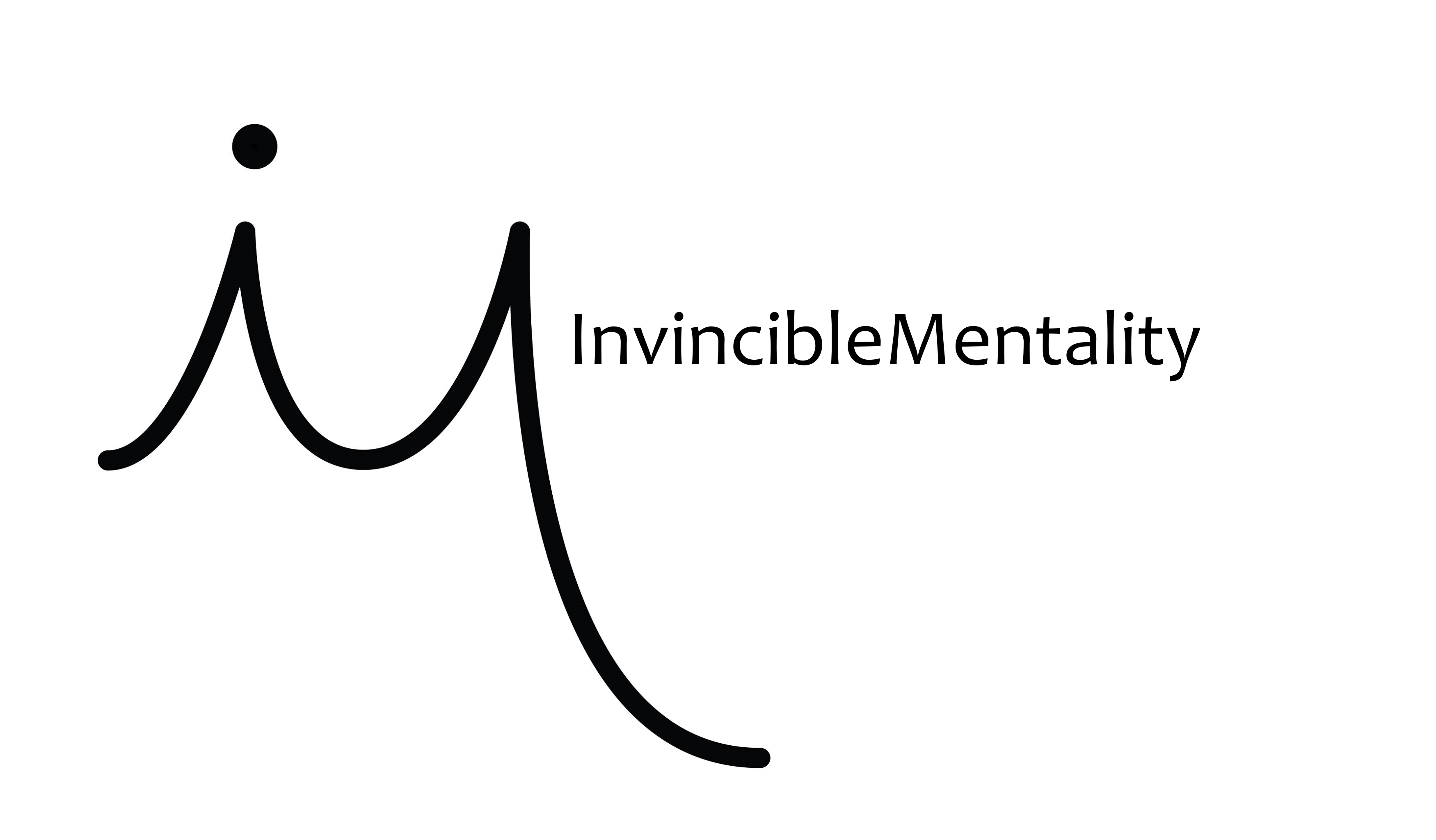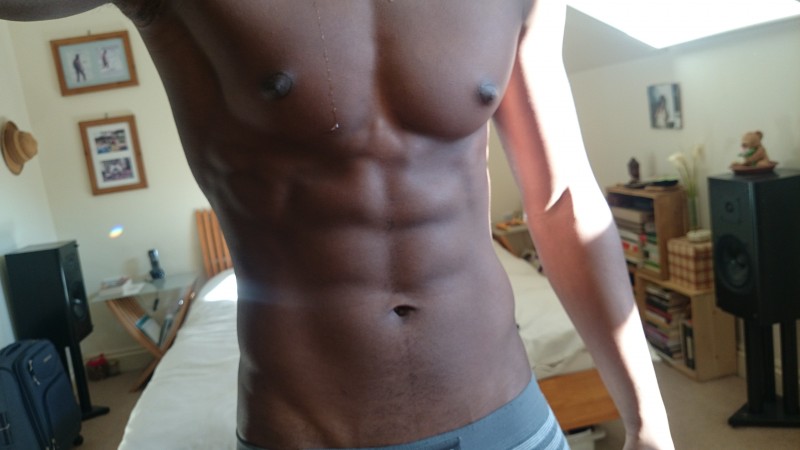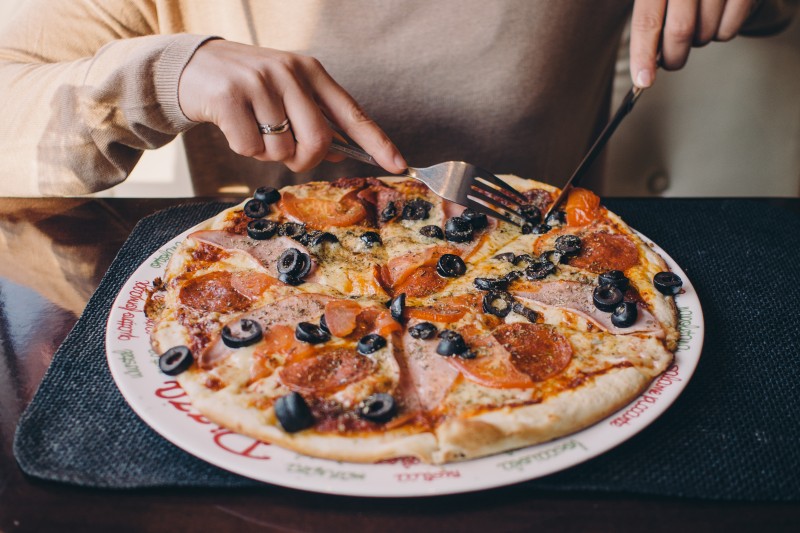How To Balance Fitness and Exams – by GB POWERLIFTER

MYPROTEIN Deals – Help me release UNIGAINS Apparel!
*This is a guest post by David Carleton, a GB POWERLIFTER. So listen up! Check out his website and amazing coaching programmes here*
Exams… Agggh! Every student’s worst nightmare!
One word can bring so much dismay, misery, and stress! Your head is stuck in books, you don’t see the light of day, and what’s worse, how are you supposed to keep making progress in the gym!?
Balancing exams and fitness goals is a very common problem that students face.
This is something I have struggled with in the past, however, as a competitive powerlifter I have had to come up with ways to deal with exams but still fit in my training; this became extremely important last year as I was chosen to represent Great Britain at the IPF World Powerlifting Championships in Finland. During my preparation I had numerous exams and assignments which added stress and took a lot of my time. However, I still had to find time for training and keeping up with my nutrition to ensure I performed well!
I am going to break down some strategies I used to help me and how you can remain on track and keep progressing both in the gym and with your revision.
Organisation and planning
These two words are the key to staying on top of your fitness goals and passing your exams; if you become organised and plan, not only can you stay on top of everything, but you can also become more productive, allowing you to get more done in less time!
To begin, follow these simple:
- Begin by knowing your overall goal for the week. For example, going to the gym 4 times so you can keep progressing, finishing a certain assignment, or getting a specific block of revision done.
- Break your weekly goals into different days. For example, let’s say there are 4 topics in your revision block. Therefore, you could decide to dedicate one day to each topic. Or you could decide that you want to go to the gym 4 times a week so you decide that it is best to train on Monday, Tuesday, Thursday and Friday.
- Break down your day into specific goals. For example, setting a daily goal to revise a topic, go to your class, go to the gym, or even to procrastinate by watching a TV series (obviously after the rest have been done!).
- Break down your day into specific time periods and fit your goals into those slots. For example, getting one part of your revision done between 9 and 11, then going to the gym until 1, making lunch and relaxing until 2, then doing another topic until 3 – you get the idea.5. Re-evaluate either daily or weekly. What did you do that worked or didn’t work? For example, did you spend too long in the gym so you didn’t have enough time to revise? How can you fix this?
- Re-evaluate either daily or weekly. What did you do that worked or didn’t work? For example, did you spend too long in the gym so you didn’t have enough time to revise? How can you fix this?
By making goals, setting your objectives for the day, and having specific time periods for getting stuff done you automatically become more productive. You spend less time wondering what you should be doing now and more time doing things that actually matter; you will be able to balance your social life, training, and studying by simply assigning tasks of goals to the week and each day.
After we have planned and organised ourselves we can move on to methods we can use to keep us on track with our nutrition and training, whilst not committing silly amounts of time to both!
Training
Quite simply, you don’t have to spend all day in the gym! The days of 3-hour sessions and hammering a muscle group until you cannot move are done! Higher frequency routines are the new go to for maximum muscle and strength development. If you can have shorter sessions and still make progress this means you have more time to dedicate to other areas!
Here are some simple go to rules when designing or looking for a resistance training programme:
- Hit each body-part a minimum of twice a week with multiple sets for the best chance of muscle growth.
- Train with loads where you can hit between 8-12 reps for maximum muscle gains.
- Increase your volume (sets, reps or weight) week by week, ending in a week where you aim to hit bigger volumes than your last training cycle – termed a “peak”.
- After your peak in volume, take a week of lighter training to allow the body to recover and repeat the above, starting with a higher week 1 volume.
- Rest as long as you need; longer rest = more recovery = perform more sets = more volume = more gains – simple!
- Make sure you train with a full range of motion to get the greatest muscular gains – yes no more stupid half rep squats!
The above guidelines allow us to see that we need a routine that allows us to hit bodyparts a minimum of 2x per week using multiple sets with maximal weekly volumes (most likely using 8-12 reps in sets), while resting as much as we need and ensuring we use a full range of motion.
If you follow the above guidelines you could have a split such as:
- Day 1 – Lower body
- Day 2 – Upper Body
- Day 3 – Lower Body
- Day 4 – Upper Body
Work in the other guidelines and you are well on your way to building a routine for maximal muscle growth! Furthermore, going to the gym 4x a week can easily be managed and fit into your week if you plan it well!
Nutrition
Keep it simple and make it fit your lifestyle!
Remember that calories are king, followed by macronutrients (protein, carbs and fats). Therefore, as long as you remain within your daily caloric intake and hit your macronutrient numbers you can eat what you like – realising this can be a massive stress saver!
Simply, figure out your maintenance calories and then adjust by 5-10% to either gain or lose weight.
After doing the above, track your calories and aim for your goal each day. If you don’t know how to calculate your maintenance calories or track your calories check out Mike’s awesome article here.
Furthermore, ensure you are eating around 1g of protein per lb of bodyweight, 15-35% of your daily caloric intake comes from fat sources and the rest of your calories are from carbohydrates.
Once you have sorted the above, we can focus on micronutrients aiming to get 1-2 servings of fruit and veg per 1000 calories. This isn’t a hard task, will cover your micronutrient needs – in simple terms it will keep you healthy!
It really is that simple! You don’t need any fancy diets, restrictive food intakes or fancy supplements!
Some additional guidelines to help you make progress would be to:
- Download MyFitnessPal and use it to log your food intake for the day
- Plan your food intake the night before – this literally takes 5 minutes and prevents you constantly thinking of what you could cook for your next meal – again, improving your organisation and giving you more time for other things!
- Track your bodyweight each morning under the same conditions and take an average over 7 days – this allows any fluctuations to iron out and will give you a good indication of progress
If you find you are no longer making progress in the right direction adjust your caloric intake up or down 5-10% depending on the scales
Remember that calories are king – if you hit them but miss your other goals then don’t worry you will still be moving in the correct direction!

Snacks on the go
Snacks and meals on the go while your busy revising can be a total lifesaver! They allow you to satisfy your rumbling tummy, continue revising and can even benefit your body composition. Below are some of my go-to snacks:
Protein Bars
These are easy to transport, easy to eat and just plain nice – that is if you get a great brand! My go to at the moment are Grenade Carb Killas. If you haven’t tried them, you haven’t lived! Seriously, they taste like a chocolate bar! Their macro breakdown is: 210 calories, 23g protein, 13g carbs with 7g fibre, and 8g fat – who can’t fit these into their macros!?

Meal Deals
The solid choice when on the move or in the coffee shop wanting a quick snack. Try opting for a sandwich option that is higher in protein and lower in fat to help save on calories but also keep you full for a while. I have two solid options at the moment:
Co-op basil chicken and tomato sandwich – 315cal/22p/44c/5f
Tesco Tikka chicken with mango chutney – 352cal/23g/51c/5f
Combine these with a fruit pot and zero cal drink for around £3 and you are onto a winner! If you have slight more to spend, check out M&S meal deals – they have some great macro friendly options but they can be a little pricey!
Bulk Cooking
This is the easiest way to stay on top of your nutrition while you are busy studying away. Simply pick an afternoon or evening where you have a little more spare time, for example, Sunday and cook a number of dishes which can be frozen, defrosted and reheated for through the week.
A few of my favourites are spag bol, chilli and curries. To make them more filling and provide vital micronutrients I usually layer them with vegetables.

Buy a slow cooker
Honestly, this is a life saver! I save endless amounts of time not having to cook a meal by using this method. Slow cookers are convenient and you can get a decent one from around £20-30 – not really breaking the bank! The worst bit is smelling the awesomeness but having to wait until you eat!

A bit like bulk cooking from above, simply buy your ingredients, prep them and throw them into the slow cooker. Do this in the morning when you wake up, go and study and then come back ~8 hours later and boom – dinner served! Easy as that – no more fussing around the kitchen at dinner time! I normally get around 3-4 meals per cooking session, again, freezing some for later use.
Normally I cook about everything and anything in the slow cooker, again, firing in a lot of veg to cover my micronutrients.
Recently I have found these handy little slow cooker sachets from Schwartz. They do all the seasoning etc for you. All you have to do is simply purchase the ingredients, throw them into the slow cooker and job is done. What could be easier?!
Closing Thoughts
Remember that passing your exams is probably going to more important in the long run than achieving your fitness goals right now – you have the rest of summer to pursue your fitness goals – if they are but on the back burner for a little while don’t stress!
However, by applying some of the strategies outlined in this article you can organise yourself to train as much as necessary, eat to suit your lifestyle, revise as much as you need to and most of all make progress!
-David Carleton
Final message from Mike
Guys, David knows his stuff. I’m lucky to have the opportunity to chat with amazing people, and David is one of them.
It is one thing for me to share my experiences on how I went from overweight to getting into shape and using fitness as a catalyst to own life, but it is something else to get inside the mind of a world-class athlete.
If you want more from David and how he managed to get to the strong beast that he is today show and share the love!
Oh, and if you want a step up from my Free UNIGAINS Program and/or feel like you need more personalised and tailored help, then David is the man for you. Check out what people have to say about him and his programs.
-Mike
References
1 Schoenfeld, B., Ogborn, D. and Krieger, J. (2016). Effects of resistance training frequency on measures of muscle hypertrophy: A systematic review and meta-analysis. Sports Medicine.
2 – Krieger, JW. (2010). Single vs. multiple sets of resistance exercise for muscle hypertrophy: A meta-analysis. Journal of Strength and Conditioning Research. 24, pp. 1150-1159.
3 – Schoenfeld, B., Peterson, M., Ogborn, D., Contreras, B. and Sonmez, G. (2015). Effects of low vs. high load resistance training on muscle strength and hypertrophy in well trained men, Journal of Strength and Conditioning Research. 29 (10), pp. 2954-2963.
4 – Schoenfeld, B. (2010) The mechanisms of muscle hypertrophy and their application to resistance training, Journal of Strength and Conditioning Research. 24 (10), pp. 2857-2872.
5 – de Salles, B., Simão, R., Miranda, F., Novaes Jda, S., Lemos, A., and Willardson, J. (2009). Rest interval between sets in strength training. Sport Medicine. 39, pp. 765-777.
6 – Hartmann H, Wirth K, Klusemann M, Dalic J, Matuschek C, Schmidtbleicher D. (2012). Influence of squatting depth on jumping performance. Journal of Strength and Conditioning Research. 26(12), pp. 3243-61.
7 – Pinto RS, Gomes N, Radaelli R, Botton CE, Brown LE, Bottaro M. (2012). Effect of range of motion on muscle strength and thickness. Journal of Strength and Conditioning Research. 26(8), pp. 2140-5









 Team GB athlete Amanda Lightfoot during a HIIT session in the gym recently.
Team GB athlete Amanda Lightfoot during a HIIT session in the gym recently.
